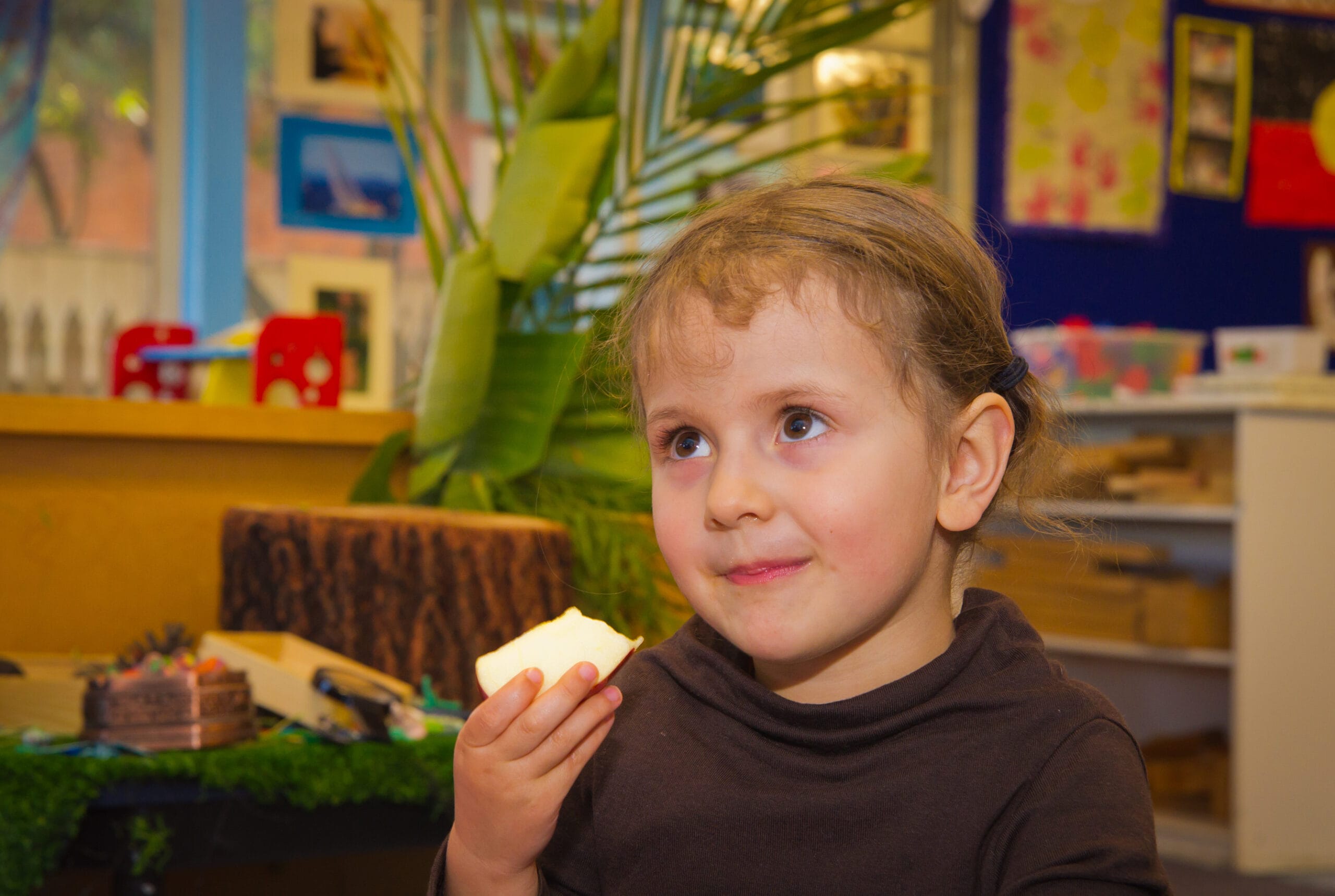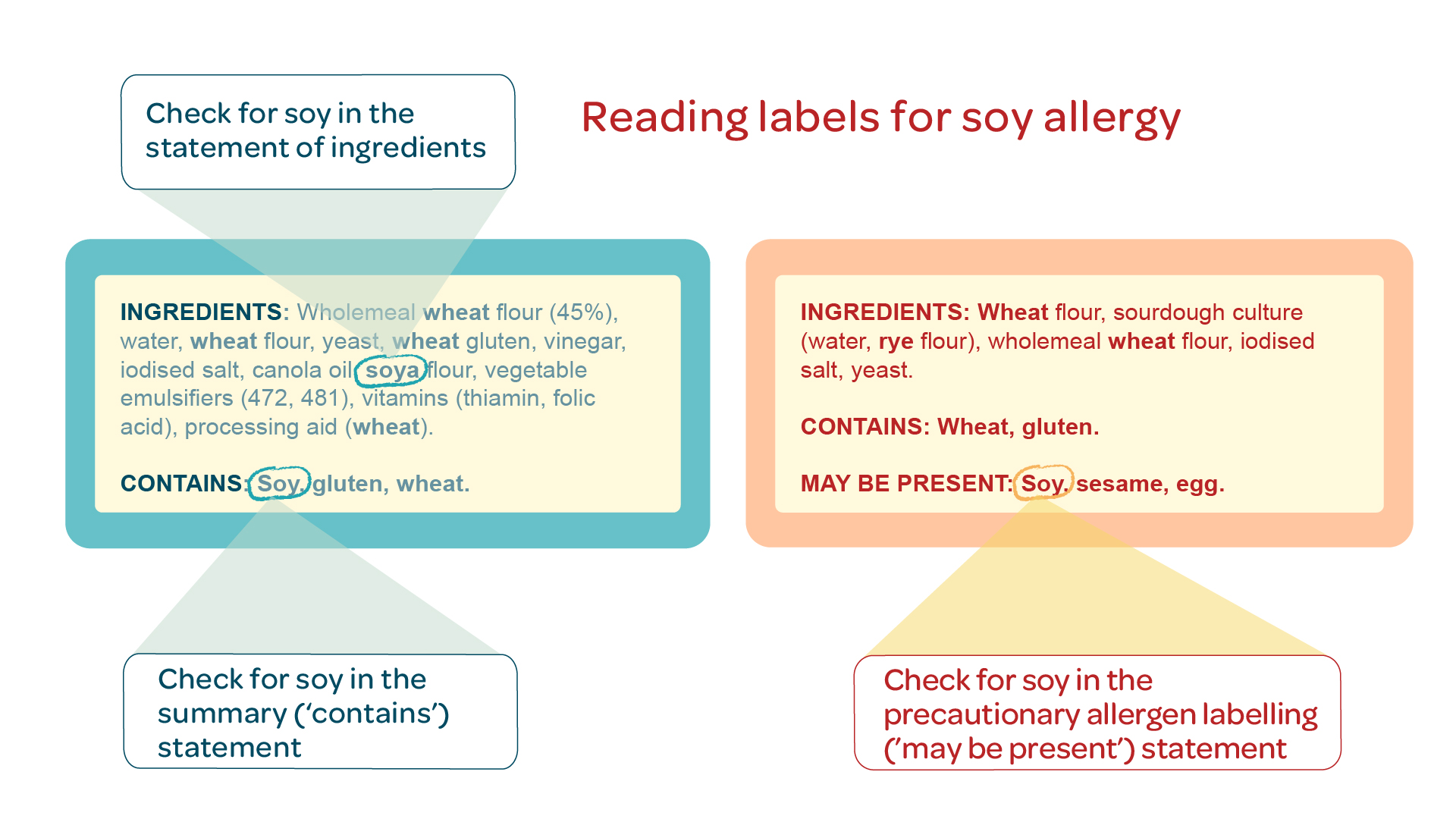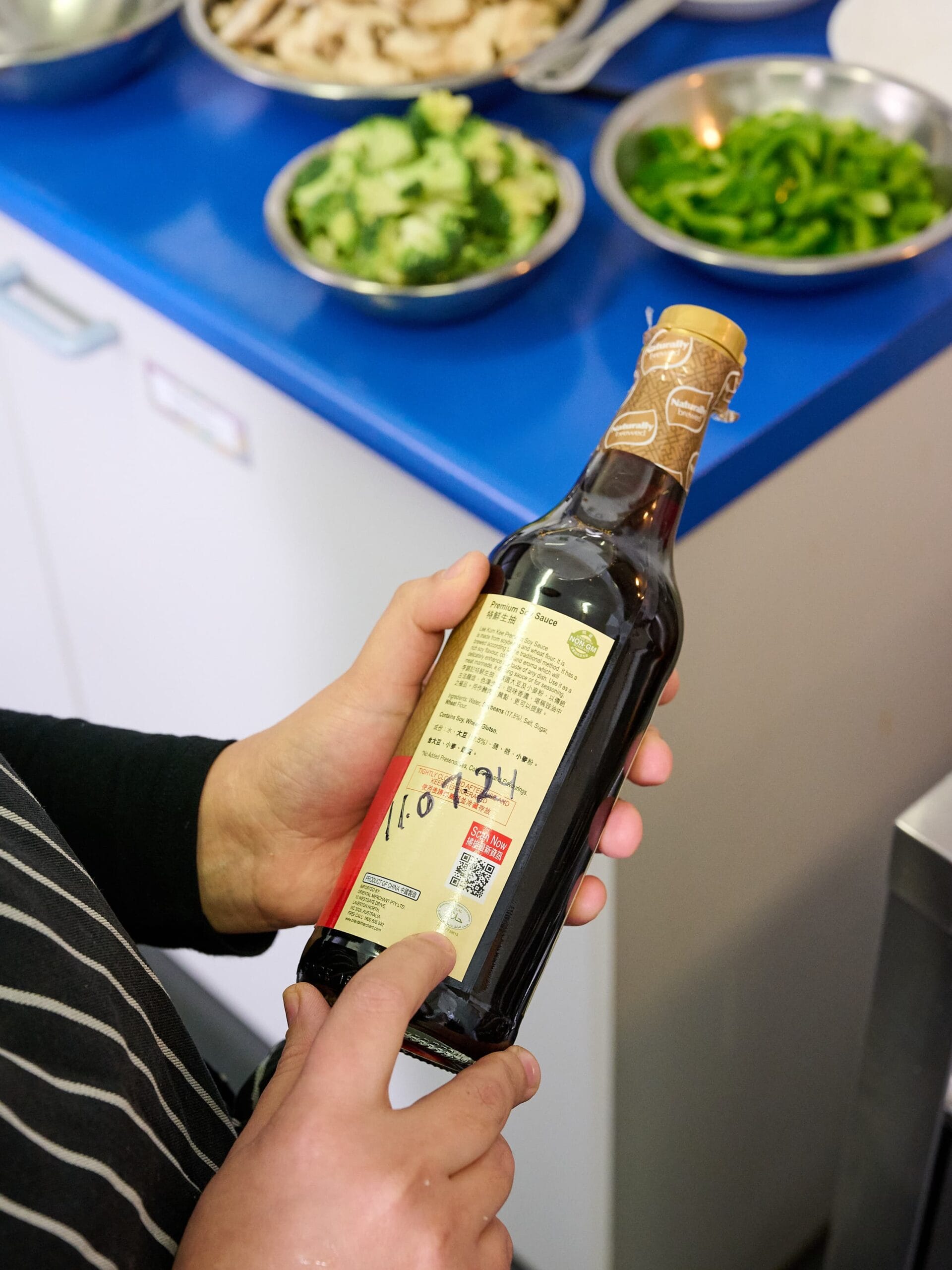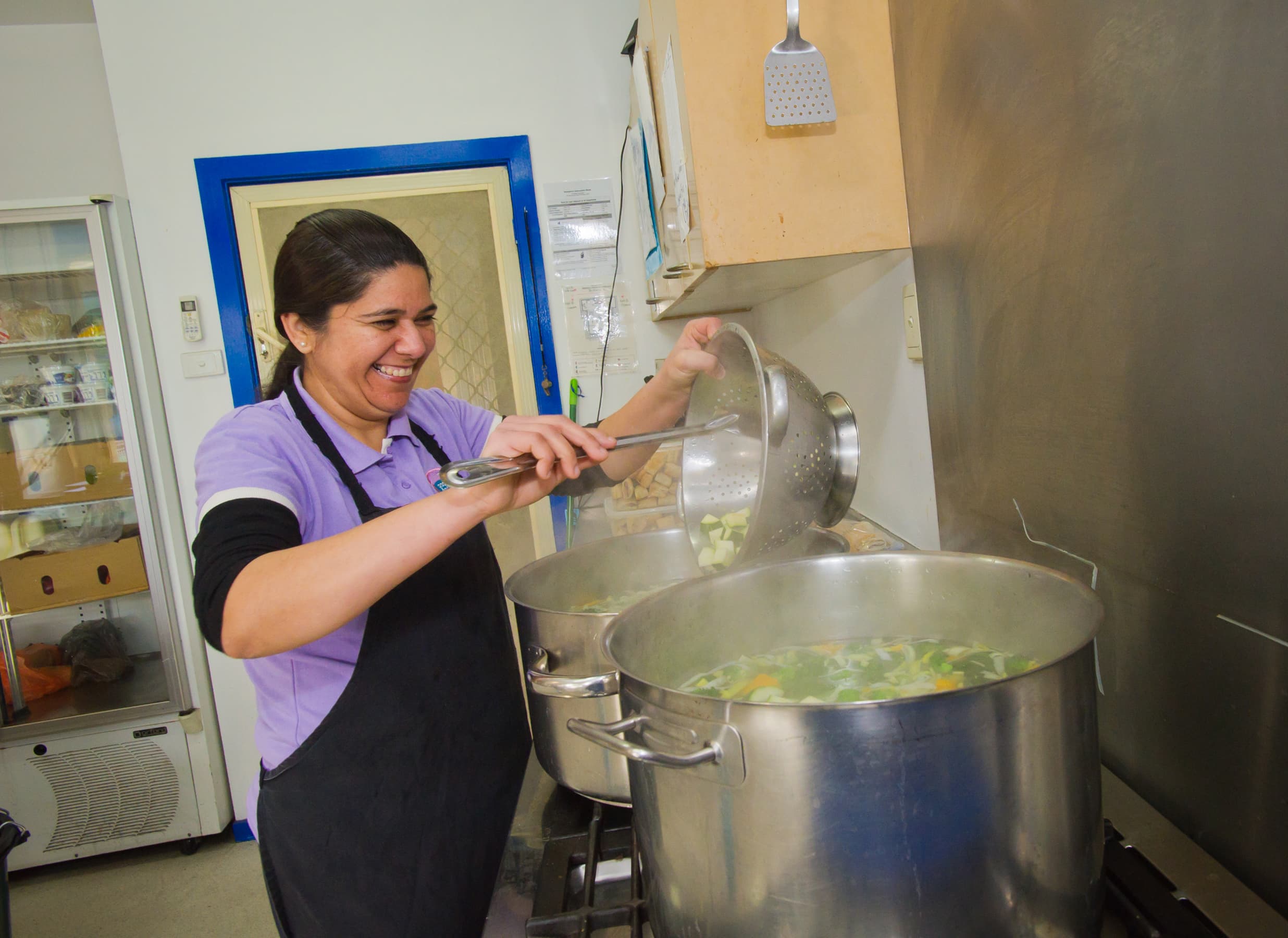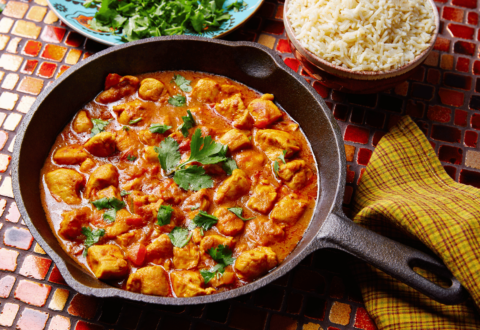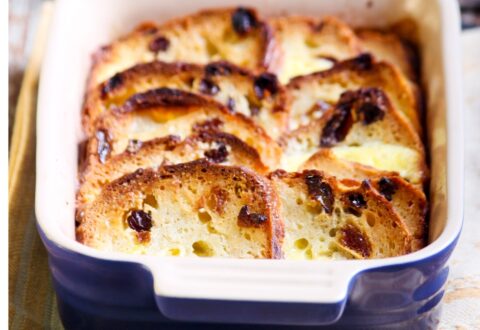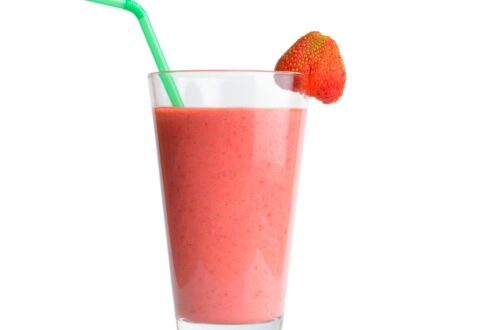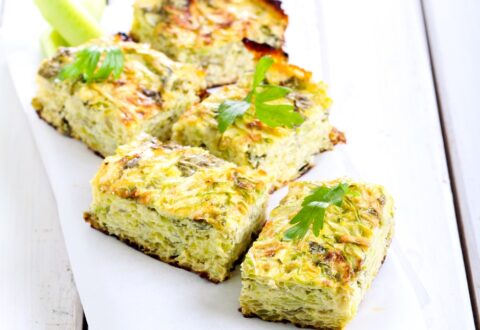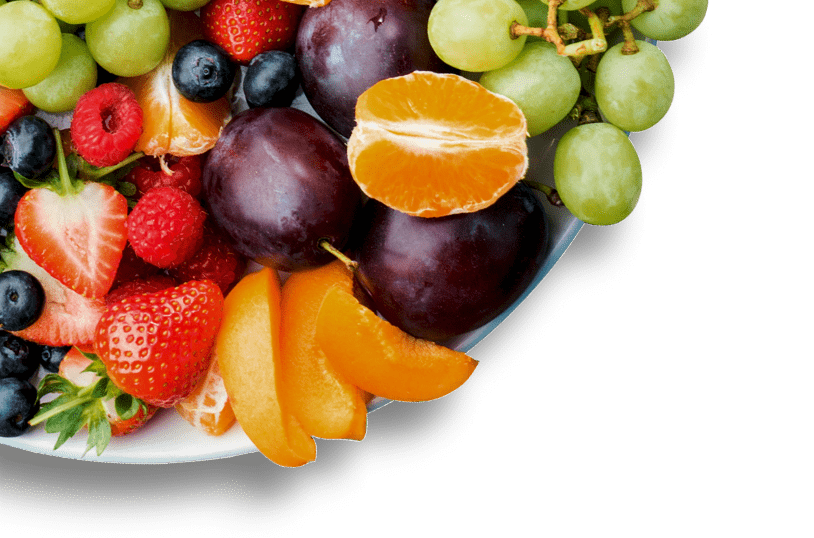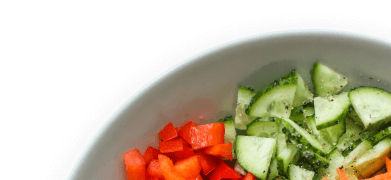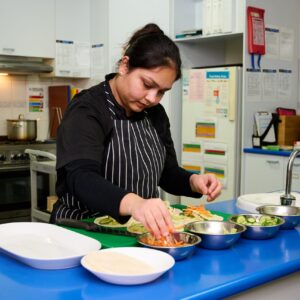Soy allergy
The following information can help you plan your menu while catering for children with soy allergy.
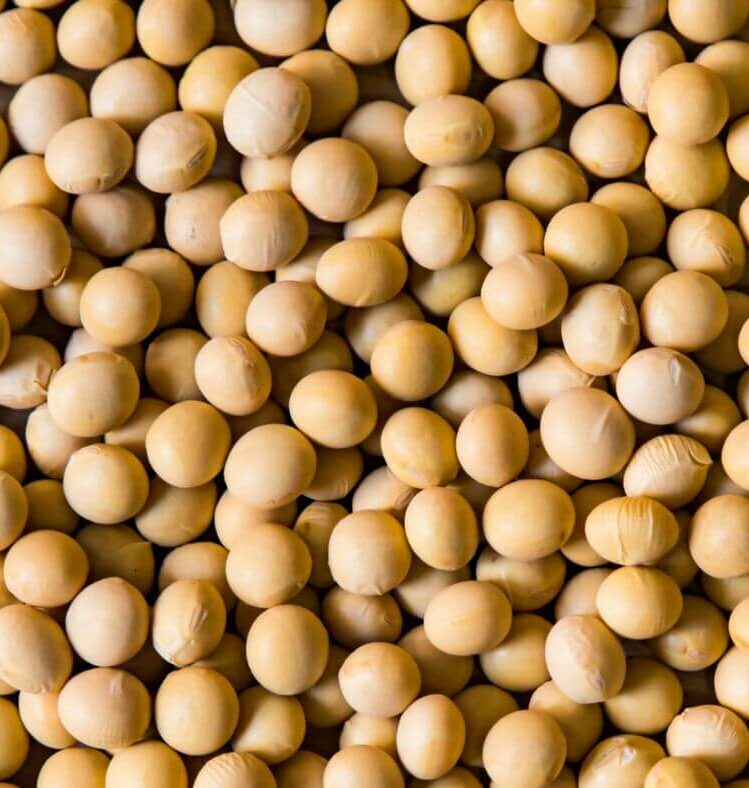
This resource is available as a downloadable file in following languages:
Key Information
- Children with soy allergy must avoid soy and all foods containing soy.
- Soy can be an ingredient in many packaged foods. This includes bread, stock or gravy cubes and powder, vegetarian foods or meat substitutes, sauces, soup mixes, and pancake and cake mixes.
- Children with soy allergy must be offered an alternative milk with added calcium. Check with the child’s parents or carers which alternative milk is suitable for them.
Providing food and drinks to children with soy allergy
This fact sheet is for cooks and chefs working in children’s education and care.
All food allergies must be taken seriously, and staff should know how to manage an allergic reaction. For information and guidance about managing food allergy, see the National Allergy Council’s Best Practice guidelines for anaphylaxis prevention and management in children’s education and care.
For more information on preparing and serving food for children with food allergies, complete the National Allergy Council’s All about Allergens for Children’s education and care course and download the National Allergy Council’s All about Allergens for Children’s education and care booklet.
The Healthy Eating Advisory Service course, Managing allergies and other dietary requirements in children’s education and care, should then be completed. You will find a micro-module specific to managing soy allergy within this course.
Reading food labels for soy
It is important to check the labels of all packaged foods for soy as an ingredient.
You should also check for precautionary allergen labelling for soy, for example ‘may be present’ or ‘may contain’ statements. These products must not be given to children with soy allergy.
If you notice a food does not have a label, ask the supplier for a product information form.
You should read food labels for soy as an ingredient each time you purchase the product, when it is delivered, and when you serve the food or before you use it in cooking for a child with soy allergy.
Some children with a soy allergy can tolerate soy lecithin (additive 322 from soy) and soy oil – check with the child’s parents if this is ok for their child. Do not give foods with these ingredients unless you have checked with the child’s parents first
For more information, refer to the Reading food labels for food allergens section of the National Allergy’ Councils Food Allergy Aware website.
Foods and drinks that contain soy, or likely to contain soy as an ingredient, are listed below. Check the Menu planning guidelines for long day care for more information on foods to include on your menu as some of the foods listed as examples do not meet the menu planning guidelines.
| Food Group | Foods and drinks containing, or likely to contain, soy. Always check the label. | |
|---|---|---|
| Milk, yoghurt, cheese and/or alternatives | Soy milk Soy cheese | Soy yoghurt Soy custard |
| Lean meats, poultry, fish, eggs, tofu, nuts and seeds, legumes/ beans | Tofu (bean curd) Tempeh Textured vegetable protein (TVP) | Soybeans Edamame |
| Grains (cereal) foods | Most breads Soy flour Bread flour mix | Pancake mix Breakfast cereals Infant cereals |
| Fruits and vegetables | Soybean sprouts | |
| Salad dressings and sauces | Soy sauce Tamari Teriyaki sauce | Soybean paste Miso paste |
| Other | Miso soup Soy based chocolate | Soy ice cream Biscuits, cakes, pastries |
Planning meals for children with soy allergy
Replacing soy on your menu
Soy should not be banned from the menu of a long day care centre. Soy based foods, like soy milk, soy yoghurt, and tofu, are excellent sources of protein, energy and calcium for children who are not allergic to soy.
When replacing soy on your menu, remember to check if children have other food allergies and check that the replacement does not contain those allergens.
Below is a list of suggested replacements to use in place of a soy-based food.
For more ideas, see the National Allergy Council’s Ingredient Substitution Tool for foods you can use to replace soy.
| Soy product | Suggested replacement |
|---|---|
| Soy milk | • Cow’s milk • Oat milk • Rice milk • Almond milk |
| Tofu | Other protein sources such as: • Lean red meat (beef, lamb, pork) • Lean poultry (chicken, turkey) • Fish • Eggs • Legumes such as lentils, chickpeas, kidney beans |
| Edamame | Other beans or legumes such as: • Kidney beans • Black beans • Chickpeas • Lentils |
| Soy or teriyaki sauce | • Worcestershire sauce • Some fish or oyster sauces • Coconut aminos |
| Commercial breads (contain soy flour) | Most flat breads such as • pita bread, mountain bread, roti and naan Crumpets Homemade bread made without soy flour Store bough bread without soy flour (for example, some sourdough bread) |
Storing, making, and serving food for children with soy allergy
Children with soy allergy can react to very small amounts of soy in their food.
Make sure you have good food allergen management processes to prevent the risk of cross contamination from foods that contain soy.
This includes:
- cleaning surfaces and equipment
- storing food safely for allergies
- preventing cross contamination of food allergens during cooking and serving
- washing hands or changing gloves in between handling different foods.
More helpful resources and information
For more information see the National Allergy Council’s All About Allergens training for Children’s education and care and All about Allergens for Children’s education and care booklet, and the Healthy Eating Advisory Services Managing allergies and other dietary requirements in children’s education and care online course.
Further information and support
Healthy Eating Advisory Service:
- Early childhood services
- Recipes
- Menu planning guidelines for long day care
- Online module: soy allergy
National Allergy Council:
- All About Allergens training for Children’s education and care
- All about Allergens Resource Hub (Children’s Education and Care section)
For more information please phone 1300 22 52 88 or email heas@nnf.org.au
Except where otherwise indicated, the images in this document show models and illustrative settings only, and do not necessarily depict actual services, facilities or recipients of services. This document may contain images of deceased Aboriginal and Torres Strait Islander peoples. In this document, ‘Aboriginal’ refers to both Aboriginal and Torres Strait Islander people. ‘Indigenous’ or ‘Koori/Koorie’ is retained when part of the title of a report, program or quotation. Copyright © State of Victoria 2016
Written and reviewed by dietitians and nutritionists at National Nutrition Foundation, with support from the Victorian Government.

Soy Free Recipes
Explore all recipesRegister your interest
"*" indicates required fields

